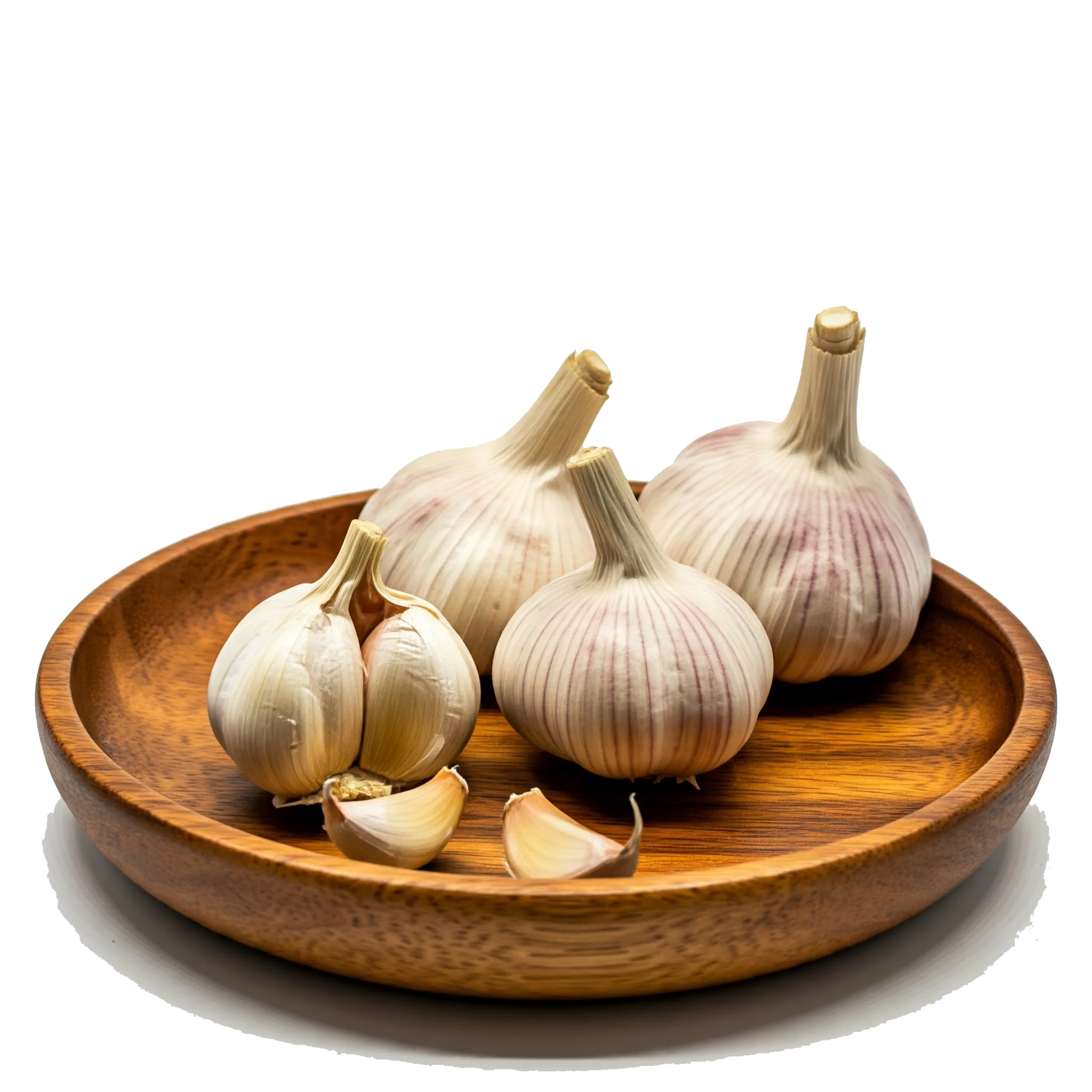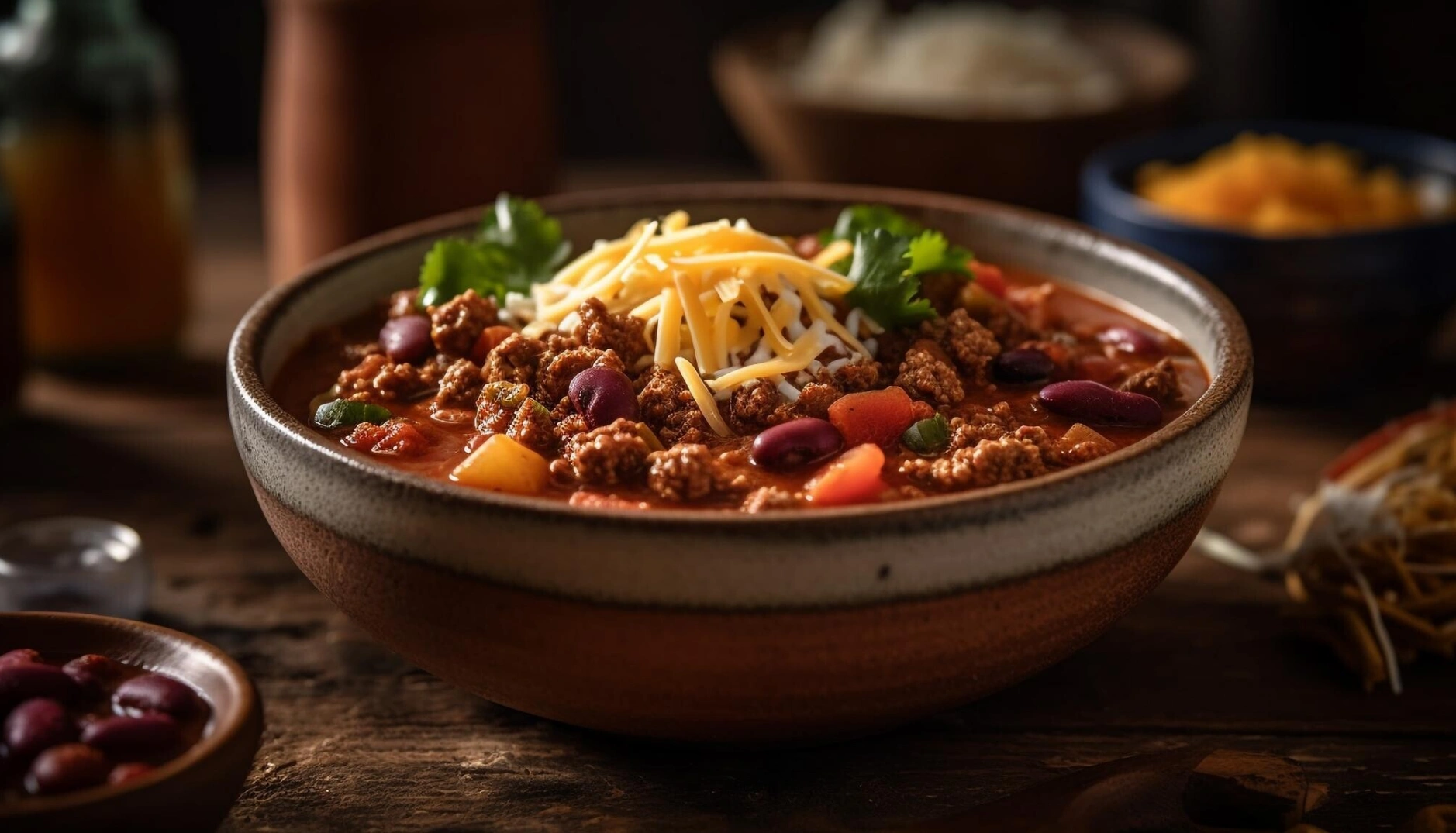

Top Health Benefits of Chili con carne You Need to Know
Chili con carne is a hearty and nutrient-dense dish that provides a powerful balance of macronutrients and essential vitamins. Rich in high-quality protein from ground beef, it supports muscle repair and satiety, making it ideal for active individuals and those seeking weight management. The kidney beans add fiber and slow-digesting carbohydrates, contributing to digestive health and sustained energy release. Tomatoes are a great source of vitamin C and lycopene, a potent antioxidant, while added vegetables like bell peppers and onions provide additional micronutrients such as vitamin A, potassium, and folate. With a moderate amount of healthy fats, especially when topped with a bit of cheese or avocado, chili con carne offers a well-rounded, satisfying meal that can support immune function, metabolism, and overall well-being.
 Ground /
Beef Shoulder : 500 g
Ground /
Beef Shoulder : 500 g Canned red beans : 1 Piece
Canned red beans : 1 Piece Onion : 1 Piece
Onion : 1 Piece Bell Pepper : 1 Piece
Bell Pepper : 1 Piece Garlic : 2 clove
Garlic : 2 clove Tomato : 4 Piece
Tomato : 4 Piece Tomato Paste : 1 Tablespoon
Tomato Paste : 1 Tablespoon Red Pepper : to taste
Red Pepper : to taste Cumin : 1 Teaspoon
Cumin : 1 Teaspoon Paprika : 1/2 Teaspoon
Paprika : 1/2 Teaspoon Salt : as needed
Salt : as needed black pepper : to taste
black pepper : to taste Olive Oil : 2 Tablespoon
Olive Oil : 2 TablespoonRecipe :
Serves 6-8 people
Enjoy your warm and hearty homemade Chili con Carne!
When preparing chili con carne, it's important to focus on building layers of flavor for the best taste and texture. Start by sautéing onions, garlic, and peppers to release their natural sweetness, followed by browning the meat to develop rich, umami flavors. Be mindful of the fat content in the beef; using lean ground beef helps reduce excess grease, but leaving some fat enhances depth. Seasoning gradually—with chili powder, cumin, oregano, and paprika—ensures a balanced heat and aroma. Simmering the chili slowly for at least 30 to 45 minutes allows the flavors to meld and the beans to absorb the spices. If using canned beans or tomatoes, rinse them to lower sodium content. Lastly, taste and adjust the seasoning before serving, and consider letting the chili rest for a few hours or overnight to further enhance flavor.

Chili con carne is a versatile dish, but its suitability for specific diets depends largely on its ingredients. The classic version, containing ground meat, beans, and occasionally cheese, is naturally high in protein and fiber, making it ideal for high-protein, low-calorie, and gluten-free diets (if no flour or gluten-containing additives are used). For a ketogenic or paleo approach, the beans should be omitted due to their high carbohydrate content, and fat content should be adjusted accordingly. To make it vegetarian or vegan, the meat can be replaced with lentils, tofu, or plant-based meat substitutes, and dairy toppings omitted. While the dish isn't typically Mediterranean or DASH-compliant due to its heavier meat and sodium content, adjustments like using leaner meat, more vegetables, and low-sodium broth can help align it with those diets. For fasting-based approaches, it can serve as a nutrient-dense meal post-fast, replenishing energy and key nutrients efficiently.
Emma (May 20, 2025, 9:17 a.m.) : This Chili con Carne was rich, bold, and super satisfying—exactly what I crave on a chilly day! 🌶️ The balance of spices was spot on, and letting it rest before serving really brought out the depth of flavor.